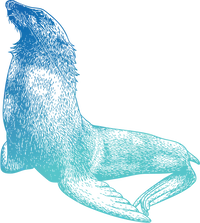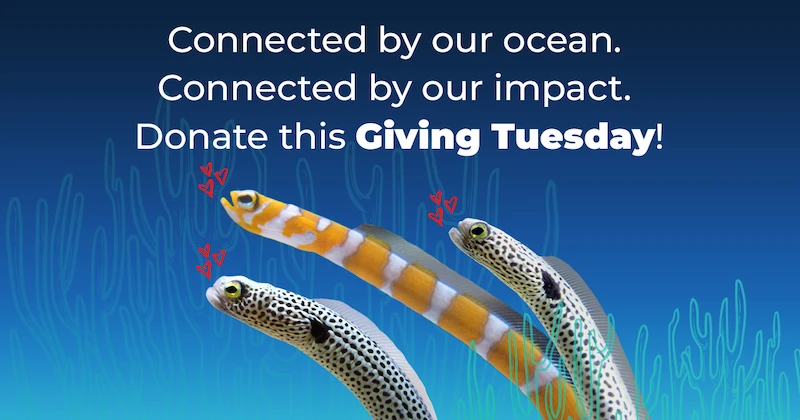The Seattle Aquarium’s Ocean Pavilion—Now open!
Step out of the Pacific Northwest and into a warm, bright and vibrant underwater world teeming with life. Join us to discover the wonders of a reef ecosystem in the Coral Triangle—a region in the Indo-Pacific so rich in biodiversity that’s it’s been called “the Amazon of the ocean”! You’ll come face to face with over 5,000 animals and plants: sharks, rays, bowmouth guitarfish, schooling fish, mangroves, more than 40 species of coral and so much more.
As a complement to the habitat experience, the Ocean Pavilion tells an unforgettable story about Earth’s one ocean through state-of-the-art digital storytelling. Guests of all ages will come away with a deepened understanding that all waters are connected. That our fate and the ocean’s are one and the same. And that, together, we can make a difference for the ocean we all depend on.
Tickets available now!
Get your tickets today to experience our new Ocean Pavilion expansion! Tickets include access to the entire Seattle Aquarium campus.
Aquarium membership gives you unlimited, free access to our entire campus.
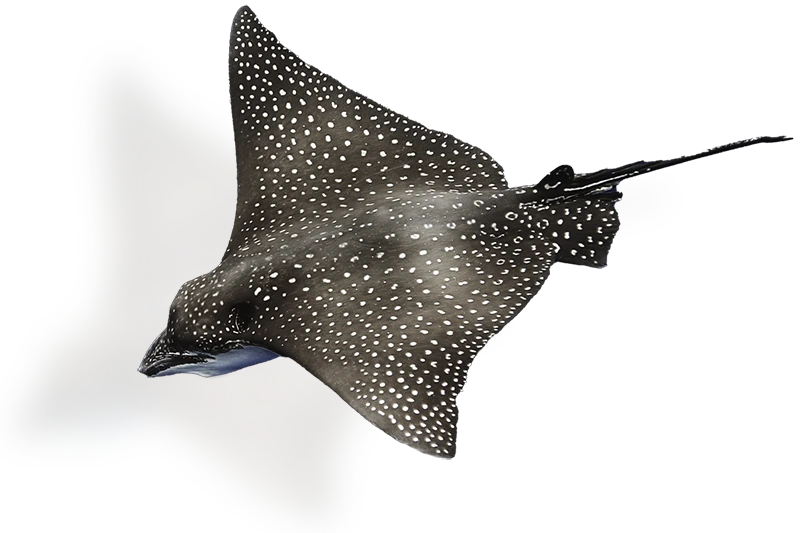
These shark and skate relatives are found in the tropical waters of the Indo-Pacific. True to their names, they glide through the ocean like soaring birds and travel from estuaries (where rivers meet the sea) to coral reefs to open waters, up to 200 feet below the surface.
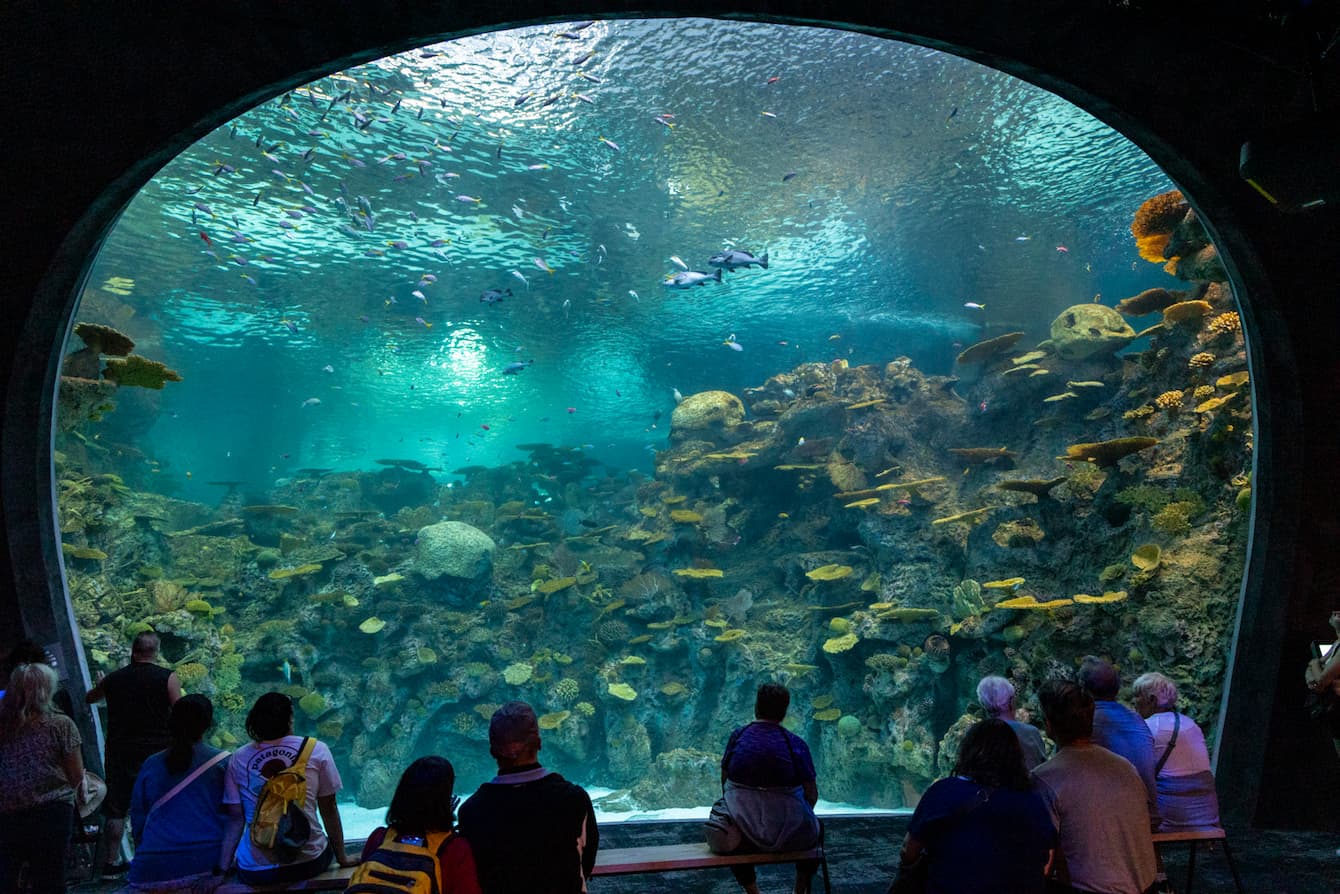
THE REEF
Experience an underwater canyon that arcs overhead! The multiple viewpoints of this spectacular, multi-story habitat—the Ocean Pavilion’s largest—offer opportunities to view a thriving reef community from above, across and below. Watch schools of brightly-colored fish swimming as one. Learn about animal care and conservation through daily talks and presentations. And develop a deeper appreciation for the importance of sharks and coral reefs through hands-on activity stations.
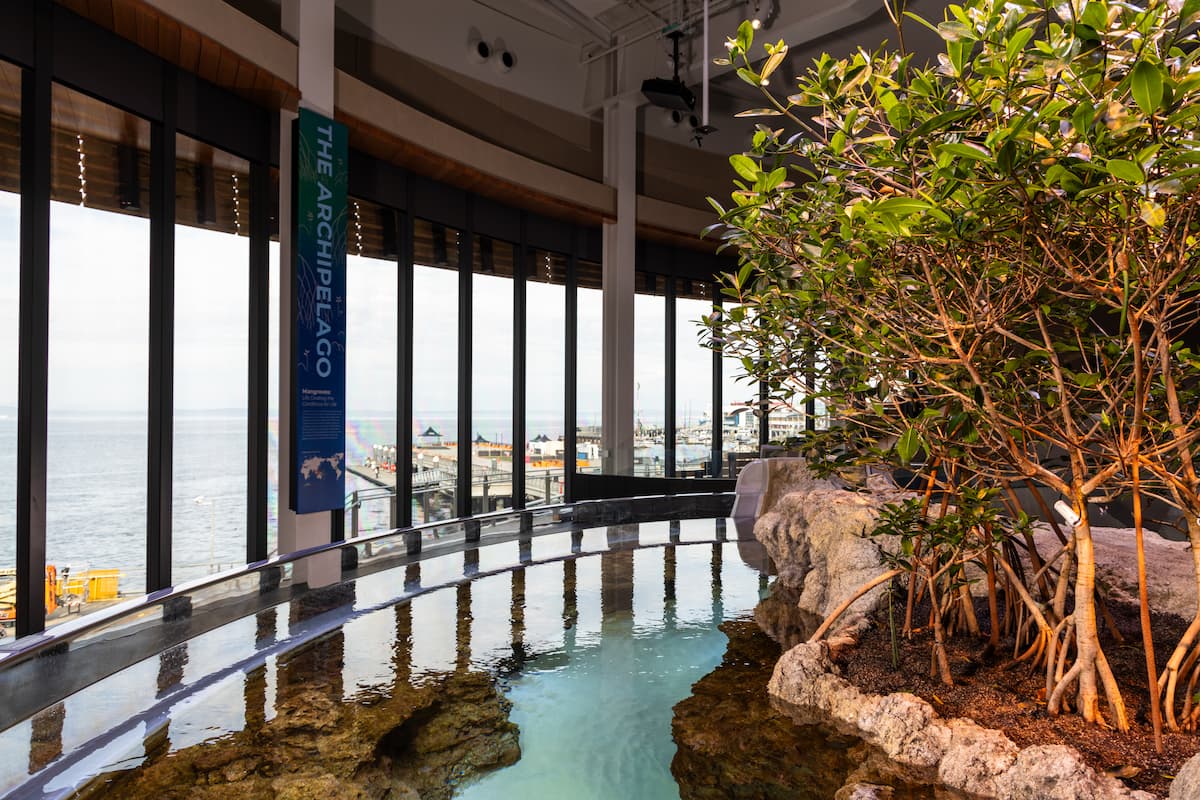
THE ARCHIPELAGO
Visit a shoreline mangrove forest above the surface and a coral reef below! You’ll be enthralled by this two-level, living portrait of coral reef builders. Don’t miss the mangrove lagoon, where you can see these incredible trees up close and learn about how they thrive in salt water—with small rays and schooling fish darting by their roots.
Found throughout the Indo-Pacific, these fish get their names from the barbels, which resemble whiskers, on their lower jaw. With sensory receptors that can help locate prey by touch and taste, the barbels help goatfish find food in the sand or crevices in the reef.
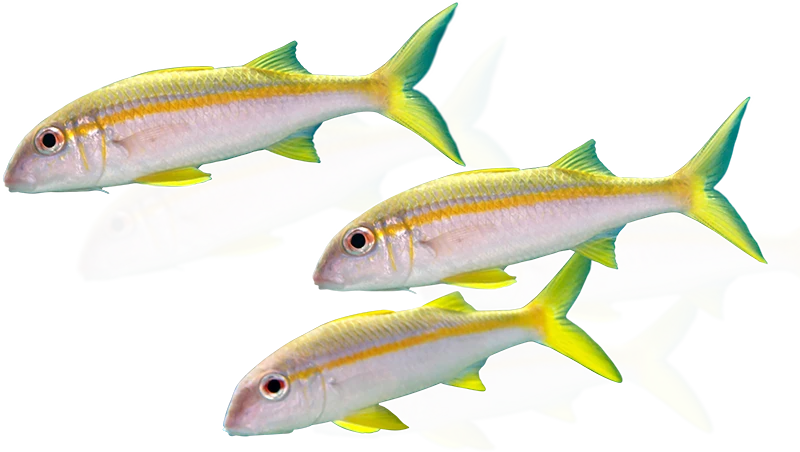
One Ocean Hall
Journey to the far reaches of the ocean through 360º video and interactive displays that spotlight marine ecosystems from around the world in this central atrium space. Powerful imagery projected across the floor and walls will transport you into the homes and habitats of marine creatures large and small. See coral spawn. Explore a kelp forest. Discover bioluminescent life in the ocean’s deepest recesses. And more.
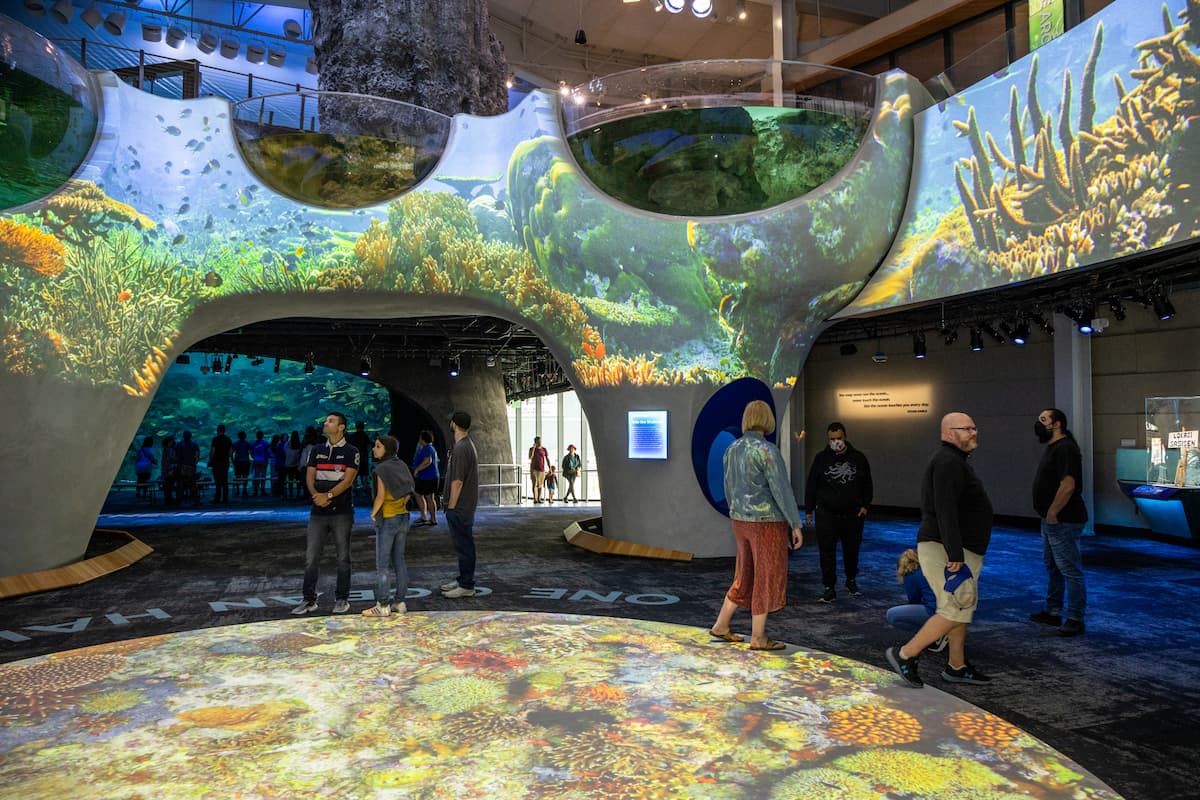
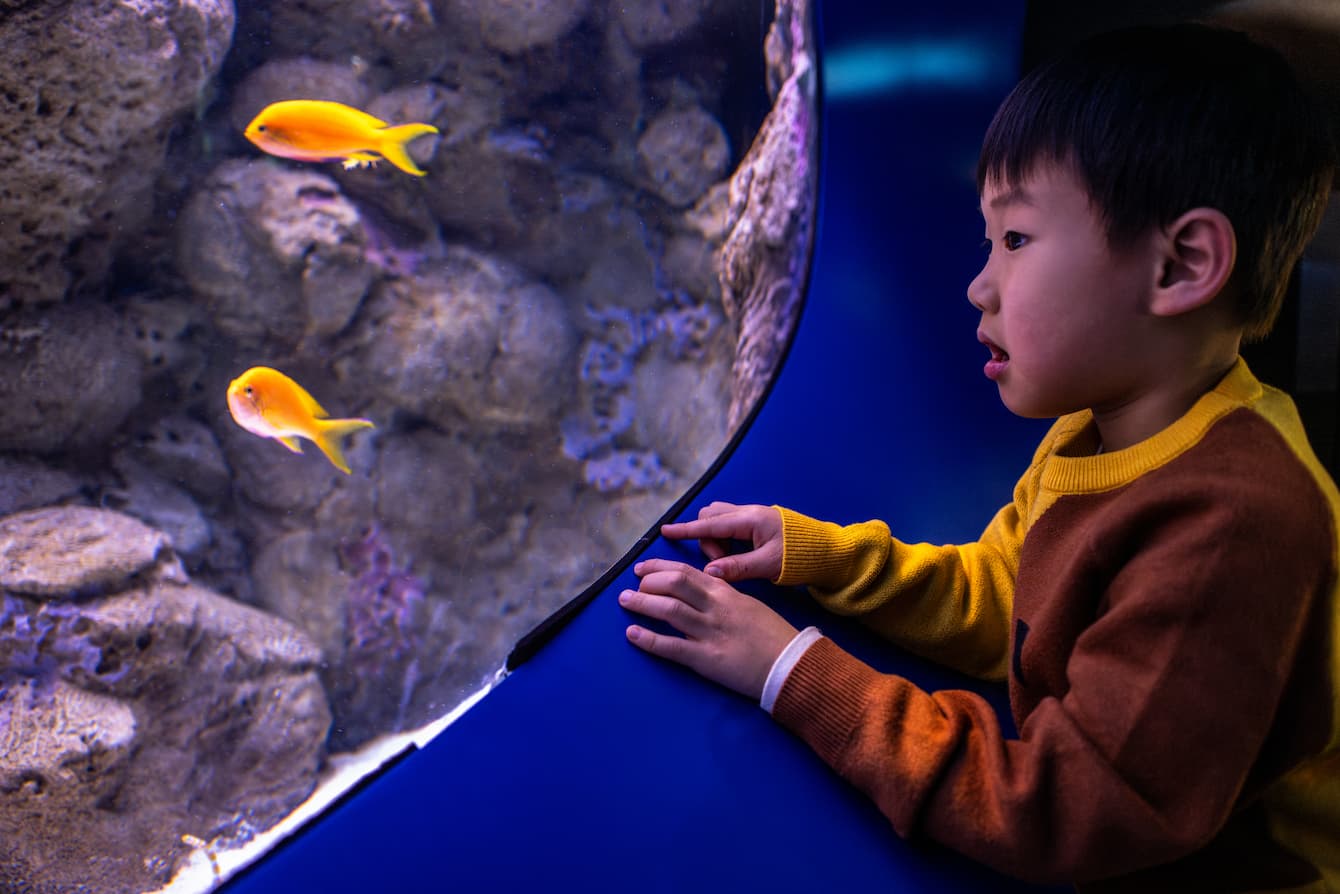
AT home in the ocean
Get up close to species like clownfish, seahorses, leaf scorpionfish and more in this grouping of intimate habitats. Younger guests will love exploring the nearby Coral Reef Encounter, a crawl-through space where they’ll come face-to-face with reproductions and digital versions of reef inhabitants.

Once abundant in the Coral Triangle, these sharks are now nearly extinct due to overfishing and habitat loss. In 2020, the Seattle Aquarium—along with partners around the world—launched the ReShark coalition with the goal of restoring healthy shark populations, starting with Indo-Pacific leopard sharks in Indonesia.
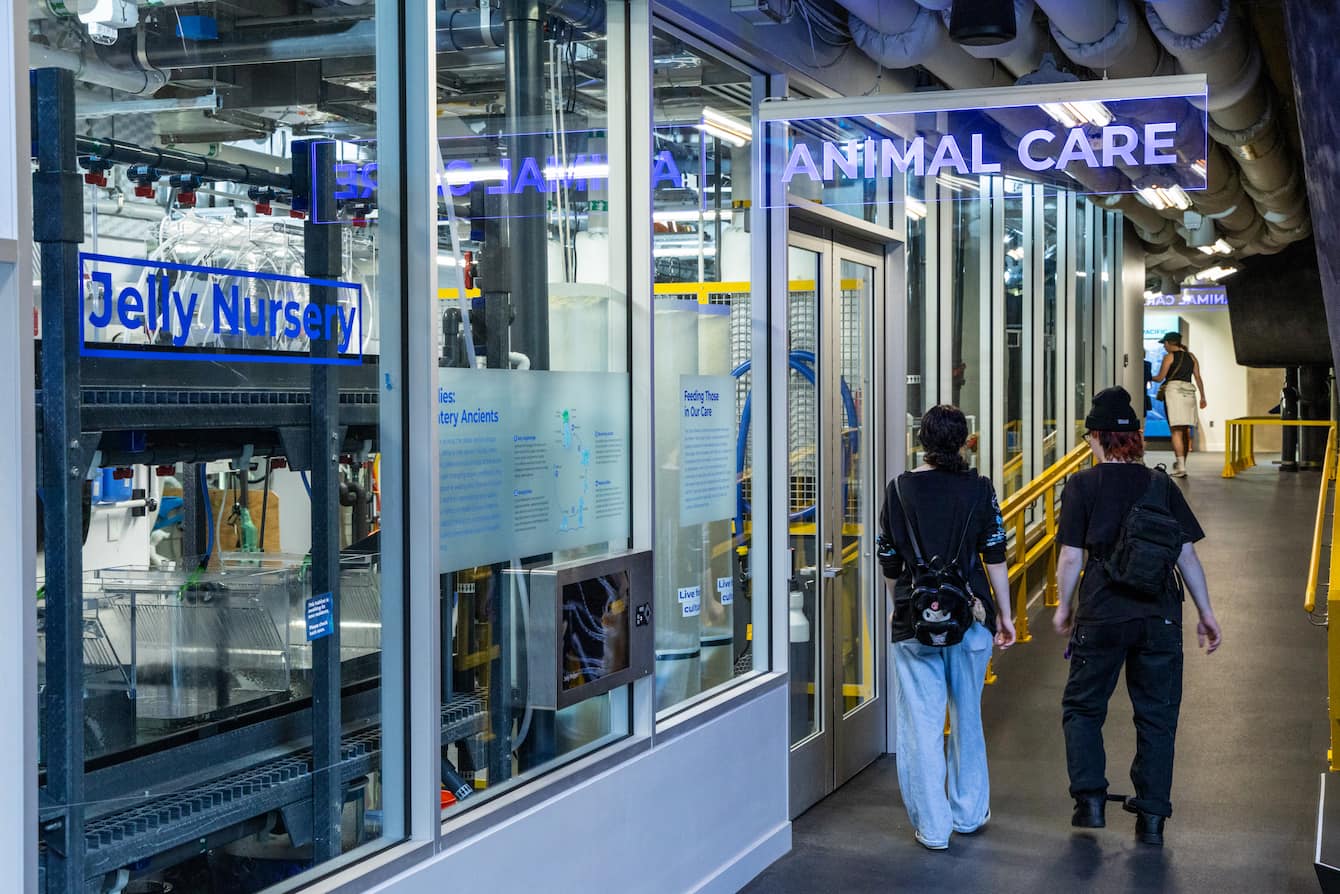
Animal Care Area
Want to dive even deeper into animal care? In this behind-the-scenes area, you can take a peek at the inner workings of the Aquarium and see some of the ways we ensure the wellbeing of the animals in our care.
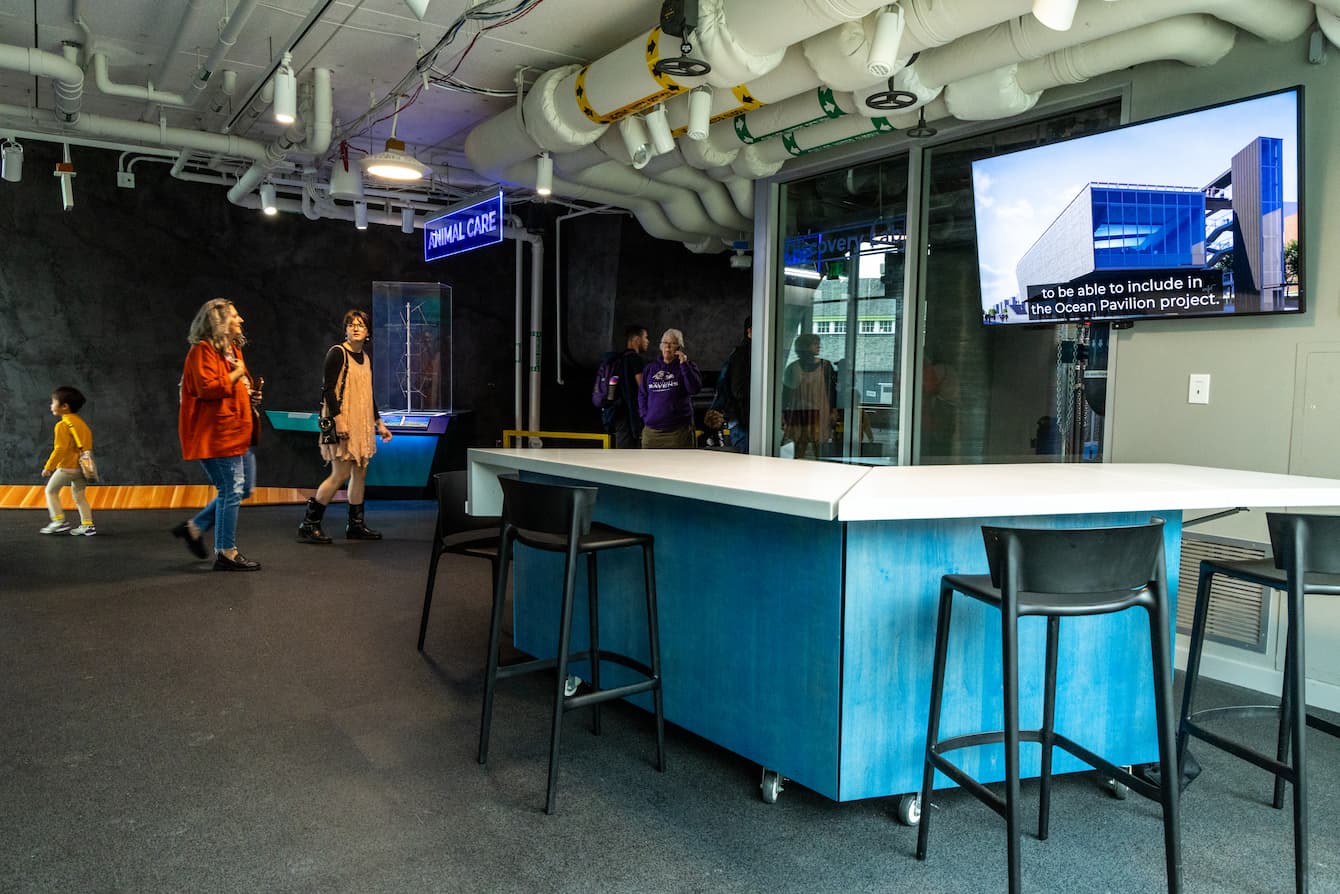
Discovery lab
This flexible programming space provides opportunities to learn from Aquarium experts and participate in hands-on activities.
Welcome to the Ocean Pavilion
Excited about the ocean pavilion? Others are, too.
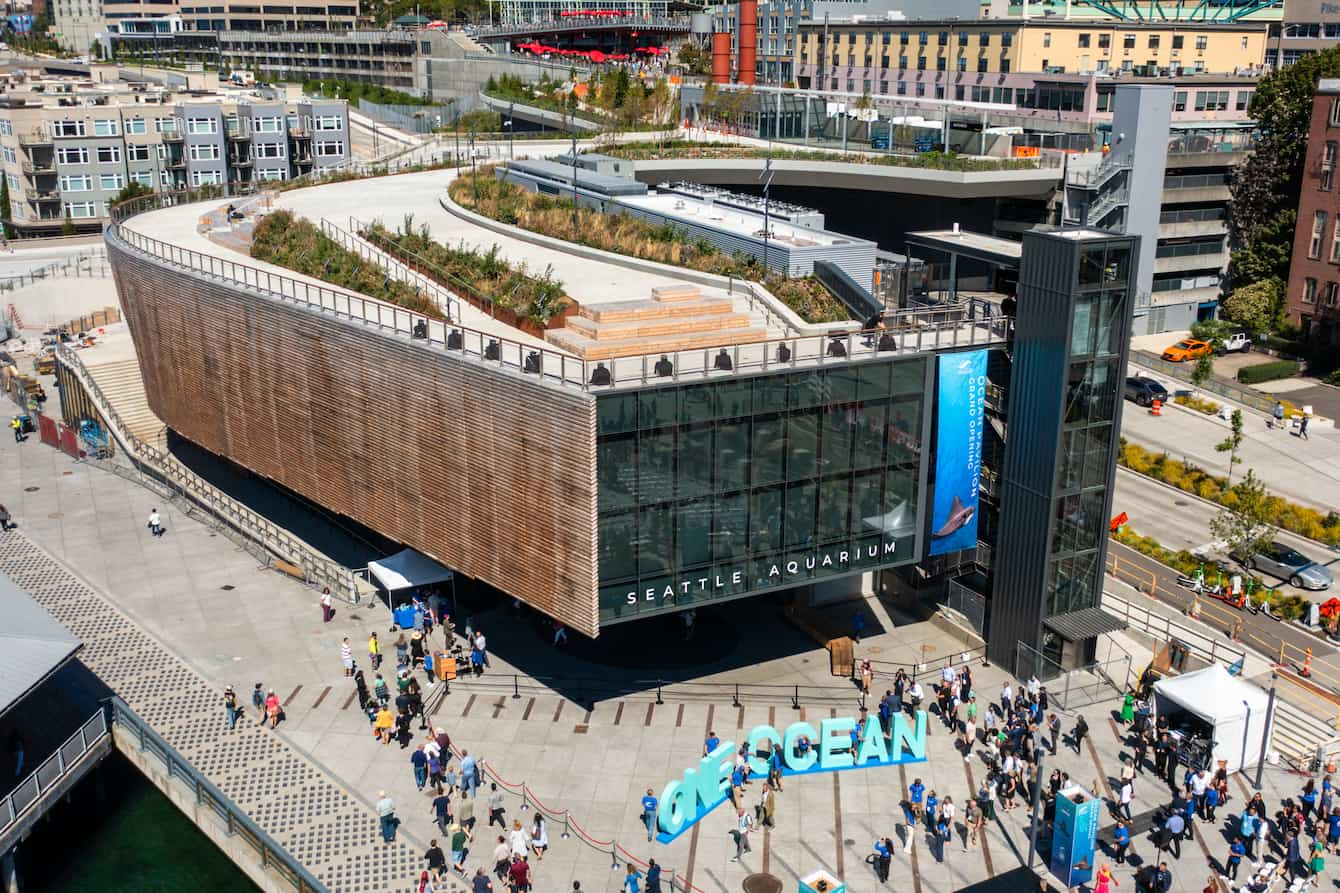
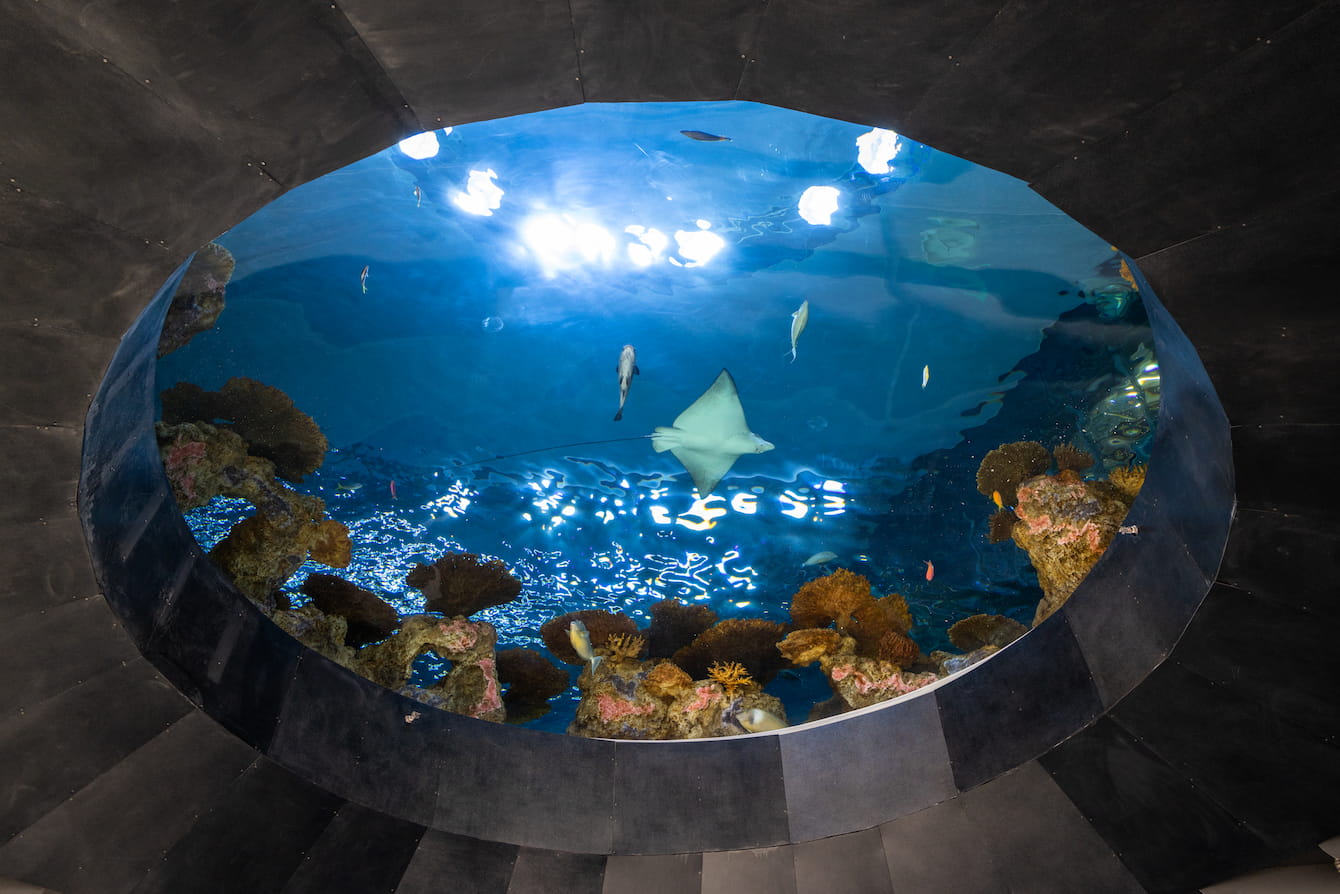
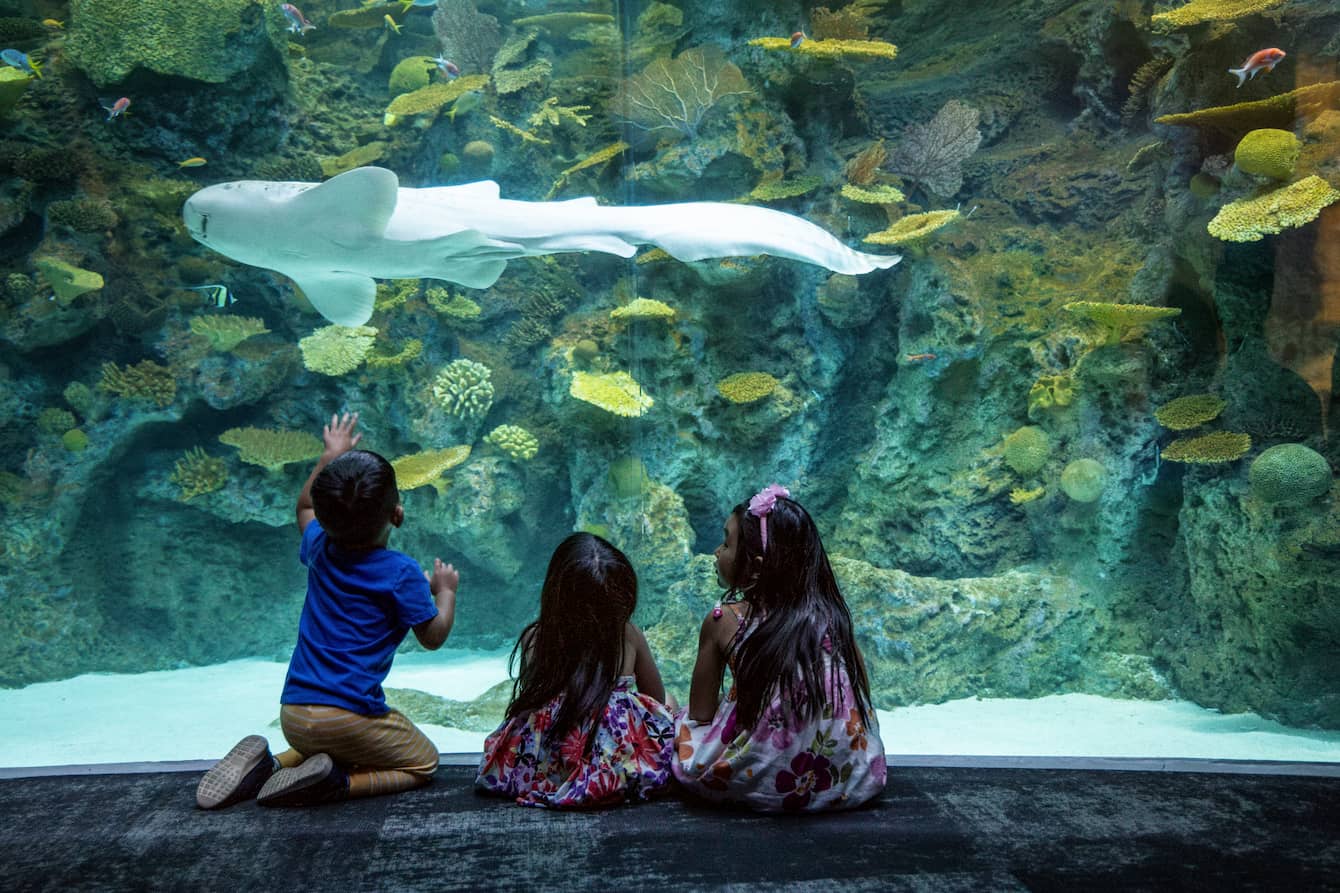
Designed To Benefit People And Planet
This world-class space is unlike any other setting in North America. It’s helping millions of Aquarium guests discover how each of us has an important role in restoring ocean health. Creating new public space and increasing accessibility between Pike Place Market and Waterfront Park by connecting to the new Overlook Walk. Supporting our growing work to restore healthy populations of endangered marine species. And modeling next-generation, sustainable urban design.
A few highlights:
- No-cost experiences for the public: Look up and see the ocean! The outdoor plaza leading to the Ocean Pavilion’s front doors provides an overhead view into its largest habitat, allowing all comers to witness a reef ecosystem without purchasing a ticket. Art installations near the building’s entrance and on the public rooftop enhance a day on the waterfront for locals and tourists alike (see next section for details).
- Green design: The Ocean Pavilion is a testament to our commitment to sustainability. For example, it operates fossil fuel-free and recirculates nearly all of the salt water in its habitats. It’s LEED Gold certified. And its exterior features Forest Stewardship Council-certified, sustainably sourced Alaskan yellow cedar, procured from an Indigenous-led company. Learn about the rigorous green building certification we’re pursuing and find details about the building’s sustainability features in our web story.
- Accessible from top to bottom: The Ocean Pavilion supports sensory and access needs to create an inclusive experience for visitors of all abilities. In addition, a multi-modal, ADA-accessible pedestrian pathway enables easy movement between Pike Place Market, the new Overlook Walk and the city’s new waterfront park—with gently sloping ramps and a public elevator.
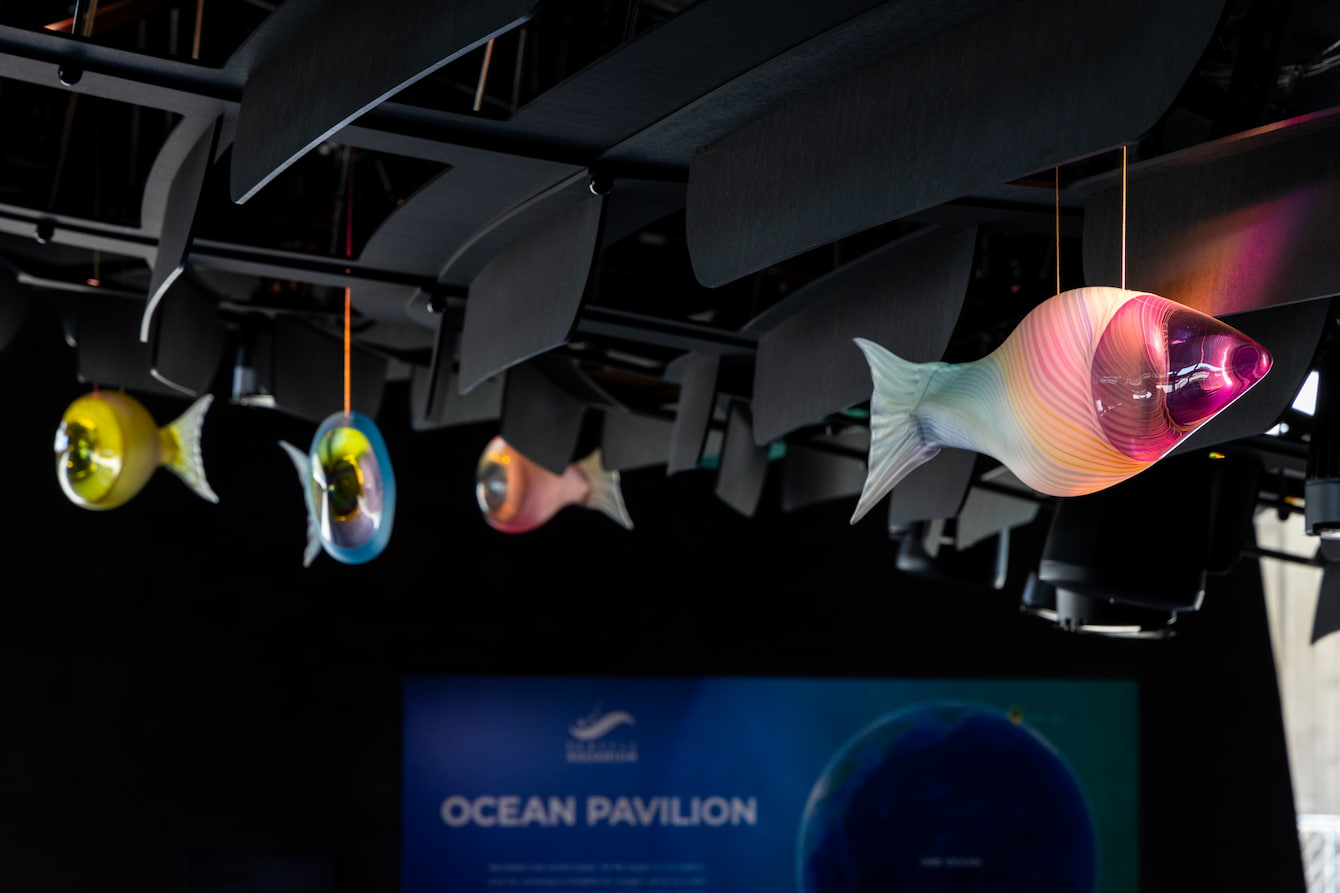
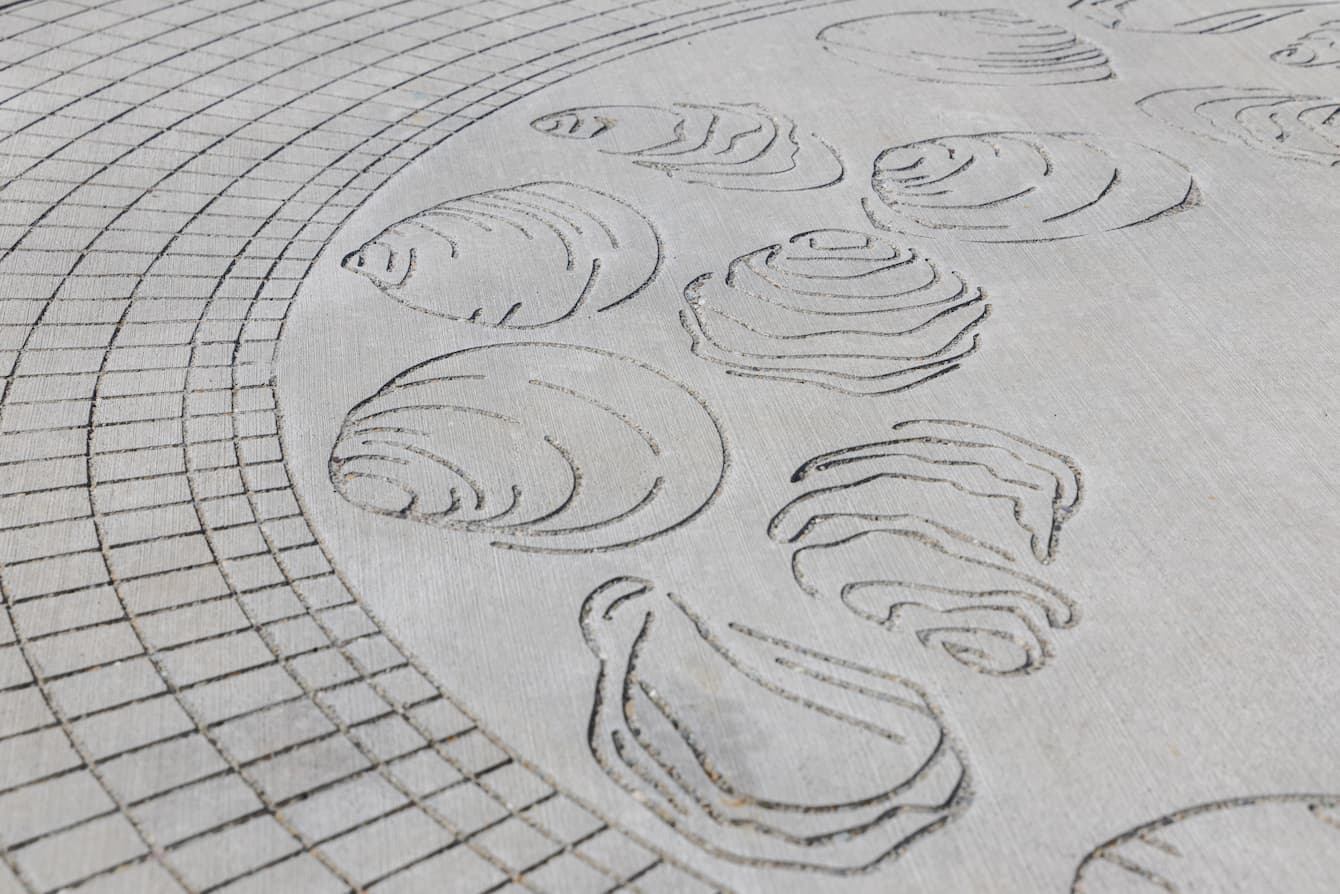
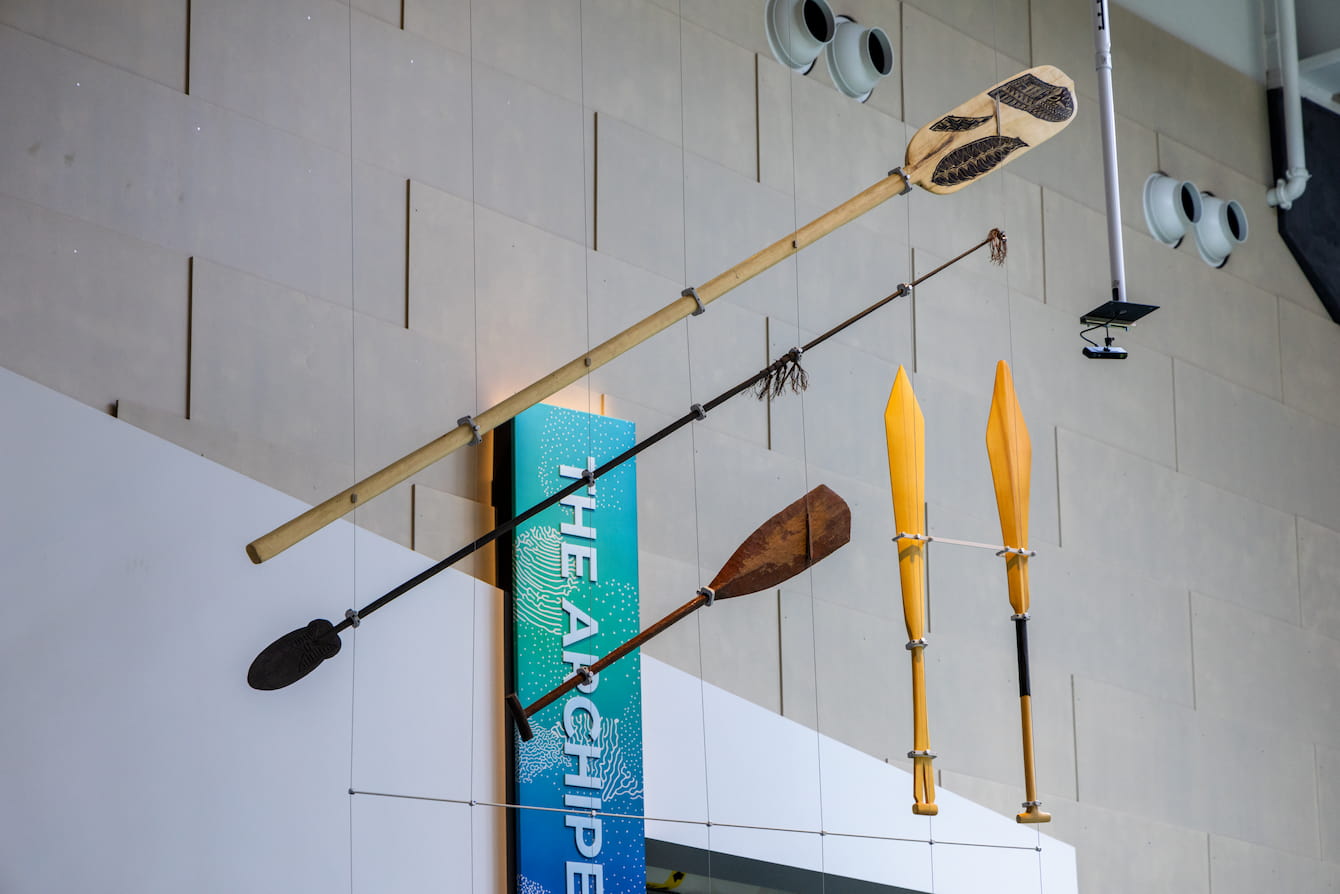
Indigenous Knowledge Shapes Design Of The Ocean Pavilion
For more than 10,000 years, the Coast Salish people have stewarded the lands and waters of the Pacific Northwest. They continue to do so today. The Seattle Aquarium honors our location in this revered space and our ongoing collaboration with Coast Salish peoples and the urban Indigenous community as we reimagine our role as a 21st-century aquarium.
Co-creation with members of the Indigenous community has guided our Ocean Pavilion project for years. Early work included partnering with Colleen Echohawk (Pawnee and Upper Athabascan), founder of Headwaters People Consulting, to establish cross-cultural collaboration between local Coast Salish and urban Indigenous leaders and our design and architectural team. And consultant Robin Little Wing Sigo (Suquamish), director of research and strategic development for the Suquamish Tribe, traveled with our team to help open cross-cultural conversations in Indonesia.
Collaboration with Indigenous community members is also evident in and around the new building:
- An installation by local glass artist Daniel Joseph Friday (Lummi) provides an inclusive welcome to the Ocean Pavilion—see the vision for it in this video. Friday was chosen by an all-Indigenous selection panel led by Asia Tail (Cherokee Nation of Oklahoma and member of the urban Native community).
- Paddles symbolize the universal connection between people and the ocean—and the Ocean Pavilion displays paddles made by Indigenous paddle carvers from the Pacific Northwest, Alaska, Samoa and the Indo-Pacific.
- Also inside the Ocean Pavilion, you’ll find a seasonal migration wheel of the Salish Sea created by visual artist Paige Pettibon (Confederated Salish and Kootenai).
- On the building’s public roof, you’ll discover native plantings designed with guidance from traditional ecological knowledge-keeper Valerie Segrest (Muckleshoot), co-founder and principal at Tahoma Peak Solutions—as well as sandblasted images led by Owen Oliver (Quinault/Isleta Pueblo) of Headwater People Consulting.
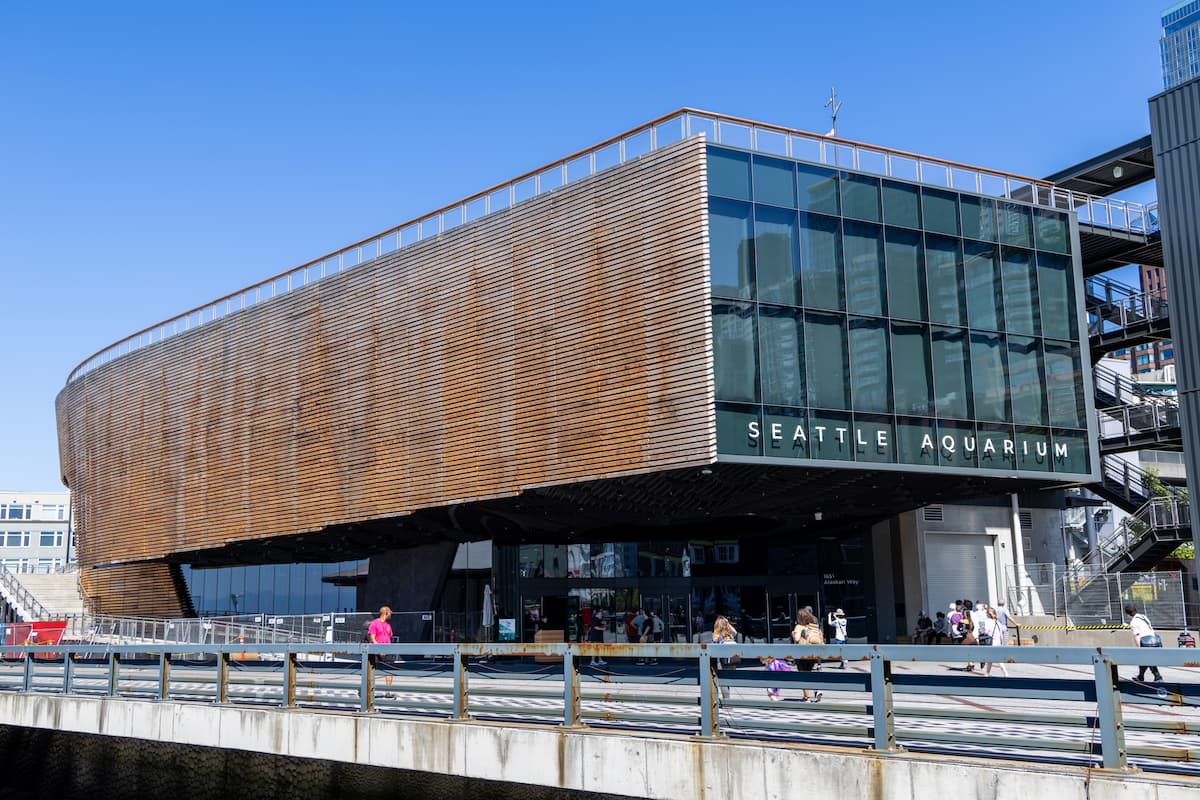
Ocean Pavilion Planning And Progress

